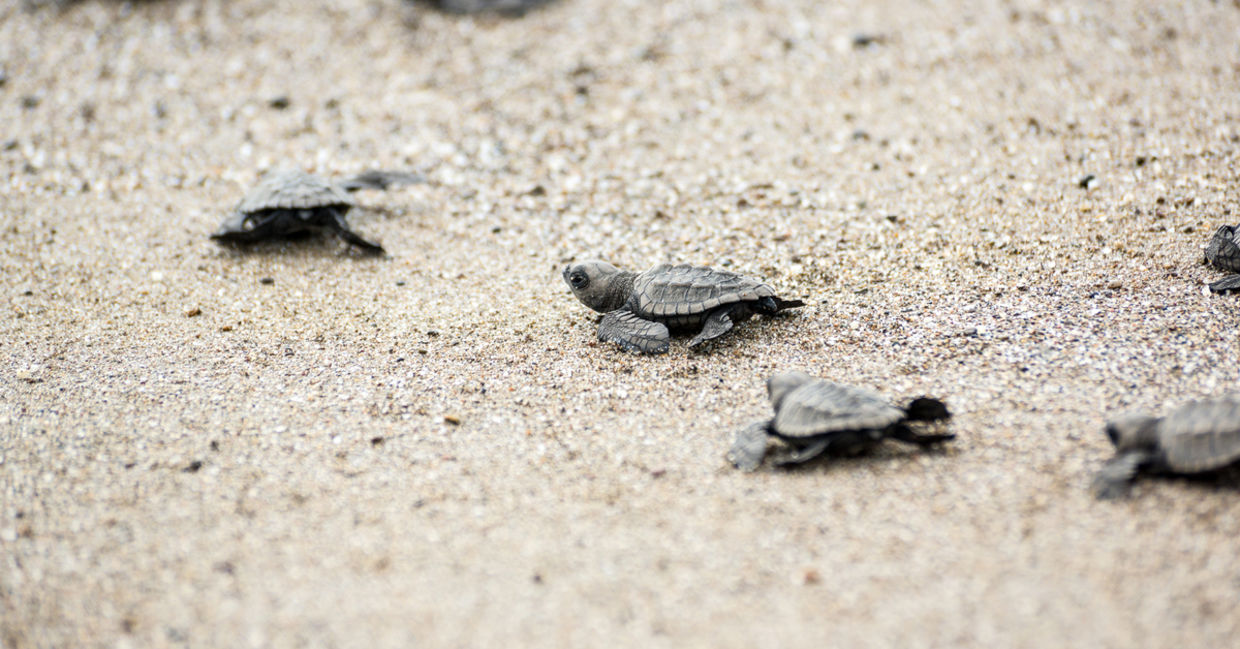
(Omaly Darcia / Shutterstock.com)
With the help of advanced GPS technology and a dedicated team, researchers are getting closer and closer to saving sea turtles from poachers who are selling the eggs as delicacies or aphrodisiacs. Beginning in July 2017, researchers began visiting Costa Rican beaches with 3D-printed decoy eggs and placing them amongst real turtle eggs.
Each 3D printed egg has a GPS chip inside to track the poacher’s movements and looks as realistic as a regular turtle egg. The creations and GPS devices were developed by Paso Pacifico, a nonprofit based in Nicaragua, that protects Central America’s biodiversity.
While researchers realize many beaches are still prime locations for poachers to steal and later sell the eggs, their efforts are already making a huge difference and it’s proven difficult to distinguish the fake eggs from the real ones. Eventually, the collected data could serve a range of purposes, all in line with getting the turtles off the endangered species list.
Governments could use the data to create anti-poaching legislation and researchers and educators could utilize it to create awareness about the turtles. The GPS technology could also be used to prevent individuals from poaching other animals, such as elephants, parrots, and macaws.
Now that the team has created a working tracking device, the next step is to figure out how to reduce the cost of each egg from over $100 to $50, so that more nonprofits, conservation organizations, and governments can also access the technology and save thousands of lives of endangered species.
YOU MIGHT ALSO LIKE:
7 Water Organizations You Should Know
How a Galapagos Tortoise Inspired a Clothing Line
11 Wildlife Organizations You Should Know







